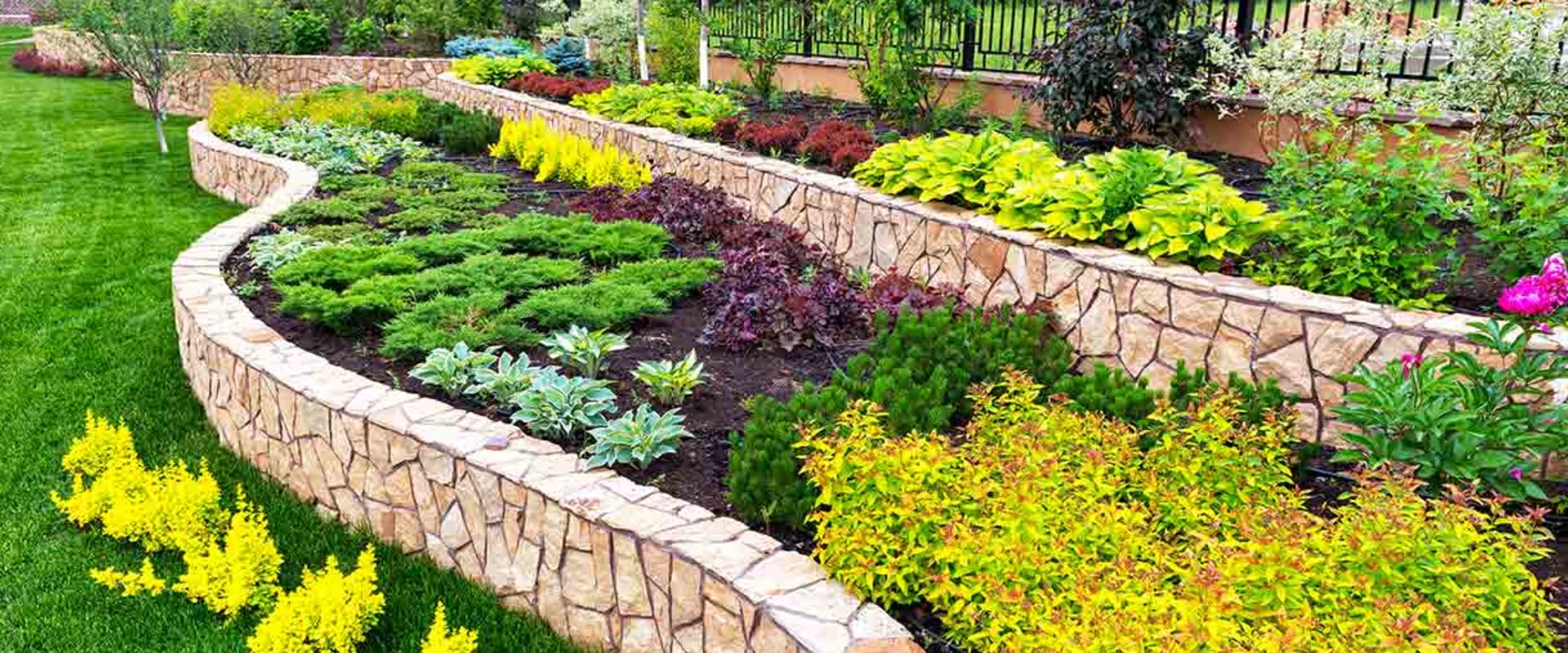A landscape designer is hired to make an outdoor space look beautiful. They can even be hired to work indoors if an indoor space has a lot of plants and vegetation. They perform many tasks, from picking up garbage, mowing lawns, pulling weeds, and planting or removing flowers and plants. Landscapers often work for landscape companies or local governments to design aesthetically pleasing outdoor spaces.
They use their knowledge of horticulture and a keen eye for design to contribute to their ideas. His job is to maintain relationships with plant nurseries and garden supply companies, travel to garden sites, and work with other landscape professionals to achieve their goals. They can also perform general maintenance tasks, such as raking leaves, administering pesticides, cutting flowers, and mowing lawns. The role of a landscaper is to build and maintain gardens, parks and other outdoor landscapes.
Its functions include ensuring plant growth, cleaning outdoor premises and trimming overgrown hedges. They usually work for a landscape company or as municipal employees who maintain city parks. Landscape designers elevate the appearance of outdoor spaces. They do this by planting beautiful flowers, plants and shrubs; taking care of lawns and trimming hedges to make residential, commercial and public spaces more aesthetically pleasing.
Landscape designers create outdoor scenes for public and private areas. They can design the scenarios themselves, using vegetation, cement, rocks, water and other materials to build a beautiful and functional outdoor space, or they can work with a landscape architect and follow the architect's designs for landscape installation and placement. The term “landscape designer” is often used interchangeably with “gardener” or “gardener”, but the positions are actually different. A gardener or gardener maintains existing outdoor areas, including raking and mowing lawns, planting and pruning shrubs and flowers, mulching and weeding garden beds, spreading fertilizers, and other tasks related to proper maintenance of an outdoor area.
A landscape designer can stay with a project to maintain space, but he usually focuses on the construction and installation of the scene. Vibrant flowers, blossoming shrubs, well-kept lawns and tall hedges, top-notch landscaping elevates an outdoor space. Whether your landscaping company works in residential, commercial or public spaces, your customers rely on you to create beautiful gardens and lawns that inspire them to stop and smell the roses. As a landscape designer, you can work indoors or outdoors, alone or with a team of construction professionals.
The work can be strenuous and can involve lifting, carrying and bending considerably. You can also spend time designing landscapes and advising customers. The hours can be long, especially in spring and summer, and may not exist during the winter months, when the landscaping business slows down considerably. Perform a range of general lawn maintenance tasks, including fertilizer application, landscape design maintenance, removal of weeds and dead plants, and supervision of repairs.
A landscape designer works alongside other team members on tasks such as mowing grass, trimming edges and mulching using a variety of equipment. In general, lawn care technicians achieve similar levels of education compared to landscape architects resumes. A new landscape worker could first become an apprentice to an experienced landscape architect, perhaps while taking some classes to earn an eventual degree. Becoming a contractor or landscape manager usually requires some level of formal education and additional years of related work experience.
The least commonly earned degrees for landscape designers include a Criminal Justice degree or an Automotive Technology degree. It is important to note that landscape designers and gardeners often work closely together to achieve their goals. Technicians, supervisors, managers, sales professionals, future graduates, career changers, scientists and others looking for solid career opportunities that allow them to make a difference should consider becoming one of the nearly one million men and women who call themselves landscape professionals. For example, landscape designers tend to focus more on the design of an outdoor space, including paths and other design components, which may include placing flowers and greenery.
Landscapers with excellent communication skills often become crew leaders or advance to other positions. In most provinces and territories, you must be at least 16 years old and have a grade 9 education or equivalent to enter a landscape apprenticeship program. There are seven soil maintenance and landscaping certifications for individuals with various levels of experience available from the National Association of Landscape Professionals. Related work experience or completion of a landscape program at a university or technical institute may reduce the time needed to complete your apprenticeship.
. .



